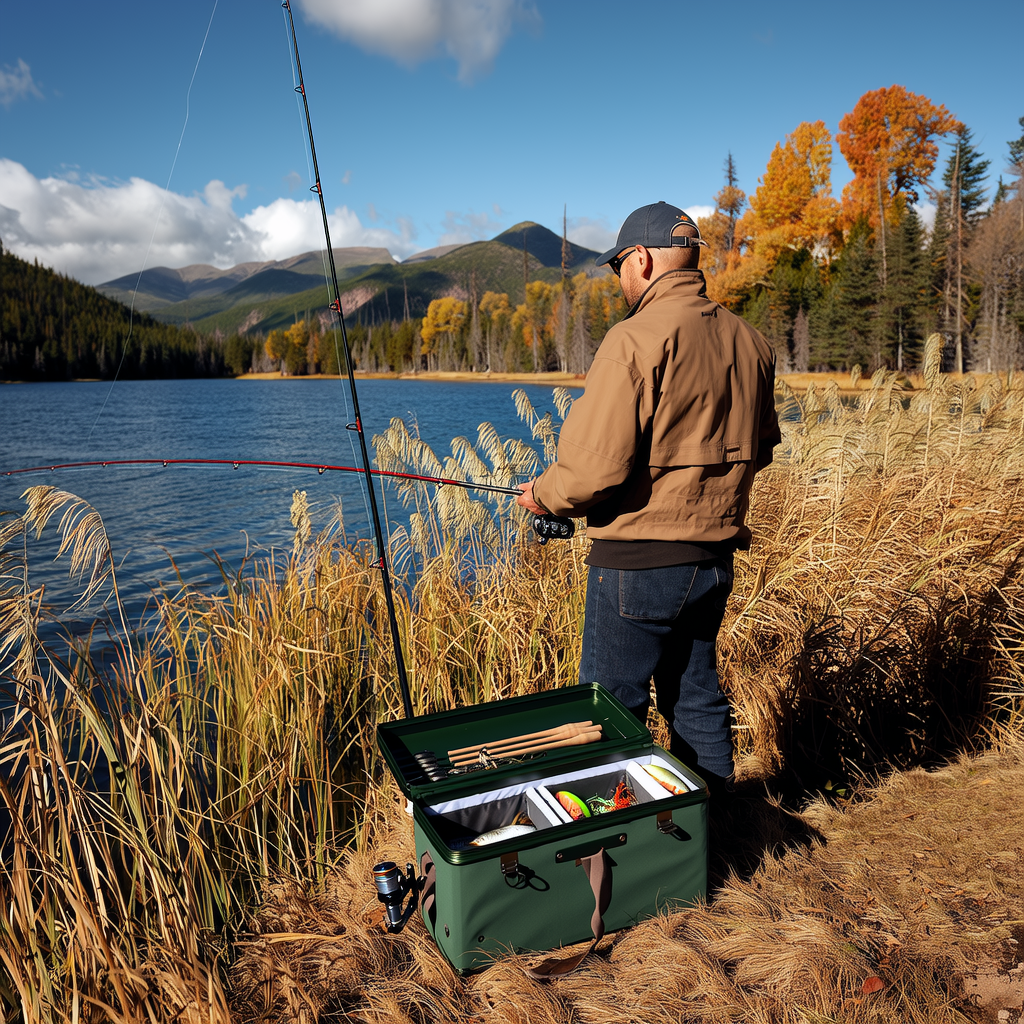Are you curious about the state fish of the United States, whether it is your home state or another state? Each state has its official fish, which serves as a symbol for its culture, history, natural resources, and other important aspects. State fish are a symbol of America’s aquatic life, from the salmon of Alaska to Wyoming’s trout. This comprehensive guide will cover the fascinating stories, characteristics and conservation efforts of state fish throughout the country.
What are State Fishes?
State fish are fish species that have been officially designated by legislative action as the emblem or symbol of a state. Each state can designate its state fish through a bill or resolution passed in the state legislature. State fish are often chosen for their cultural or economic significance. They also reflect the state’s history, values, and geographic location.
Why do States have state fish?
Since the early 20th Century, states have adopted official symbols for different purposes. This practice of naming state fish dates back to that time. State fish are important because they can be used as icons or ambassadors for the state’s fishery resources. They also help to promote conservation, awareness, and tourism. State fish can be a source for pride and identity for the state’s people, as well as a way of educating the public about the importance and diversity of aquatic ecosystems.
History of State Fish
Wyoming, which adopted the cutthroat trout as its state fish in 1950, was the first to designate a state fish. All 50 states have adopted state fishes, with some states even having multiple fish species designated as their state symbols. Many states have named fish native to their region, while others have chosen iconic species or popular game fish to represent their state’s culture or history.
State Fish and Their Characteristics
Each state fish is unique in its own way. They have their own color, shape, size and habitat. State fish can be freshwater, saltwater, game fish, non-game fish, carnivores and herbivores. They can live in a variety of environments, including cold mountain streams and warm coastal waters. Here are some examples:
California: Golden Trout
The golden trout is a beautiful fish that lives in the high mountains of California. It is distinguished by its bright yellow coloration and black spots. It is also small in size and mysterious nature. The golden trout is a very popular game fish and is a great target for fly fishermen.
Hawaii: Humuhumunukunukuapua’a
The humuhumunukunukuapua’a, also known as the reef triggerfish, is a colorful and unique fish that is native to Hawaii. It is distinguished by its distinctive pattern of blue-green stripes on its body and protruding snout. The humuhumunukunukuapua’a is considered a symbol of aloha and is a popular choice for aquariums.
Michigan: Brook Trout
The brook trout, a cold-water fish, is native to Michigan and other parts in the eastern United States. It is well-known for its unique pattern of green, yellow and red spots on dark backgrounds. It also has a small size and delicate flavor. The brook trout is a valuable game fish that is often found in small streams or rivers.
Conservation of State Fish
Conservation efforts are required to ensure the survival and abundance of many state fish. These threats include habitat loss and pollution, climate change, overfishing and invasive species. The protection of state fish and their habitats is a responsibility of all three parties: anglers, conservation groups, state wildlife agencies.
Conservation Strategies
Conservationists and managers use a variety of strategies to protect state fish.
Habitat Restoration
Enhancing and restoring natural habitats such as streams, rivers and wetlands to support healthy fish populations.
Regulatory Measures
Enforcement of fishing regulations, bag limits, season closures, and season closings to prevent overfishing, ensure sustainable harvest levels, and ensure that there are no season closures.
Research and Monitoring
Surveys, assessments, research and research are conducted to track fish populations, identify trends and identify threats.
Education and Outreach
Educating the public on the importance of state fish habitats and responsible angling and inspiring the next generation conservationists.
Conclusion
The diversity and beauty of American aquatic life is represented by state fish. Their designation as official symbols helps to increase awareness, conservation, appreciation, and conservation of these precious resources. We can learn more about state fish and their conservation efforts to protect our aquatic ecosystems and ensure a healthy future for our natural heritage.




